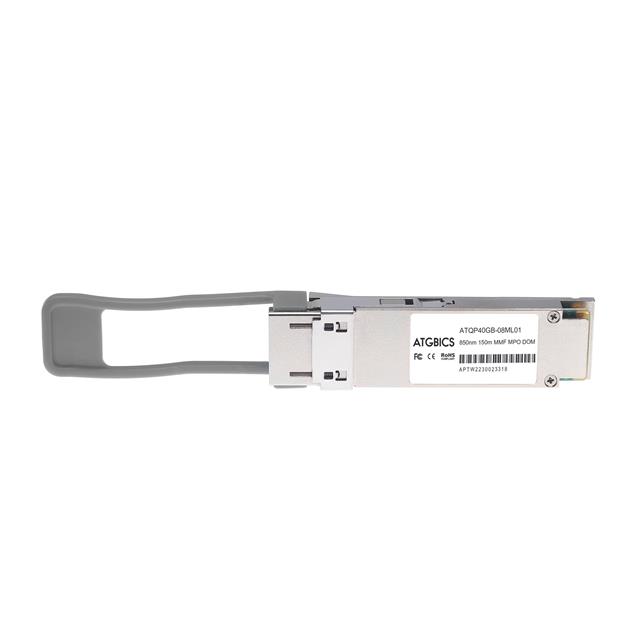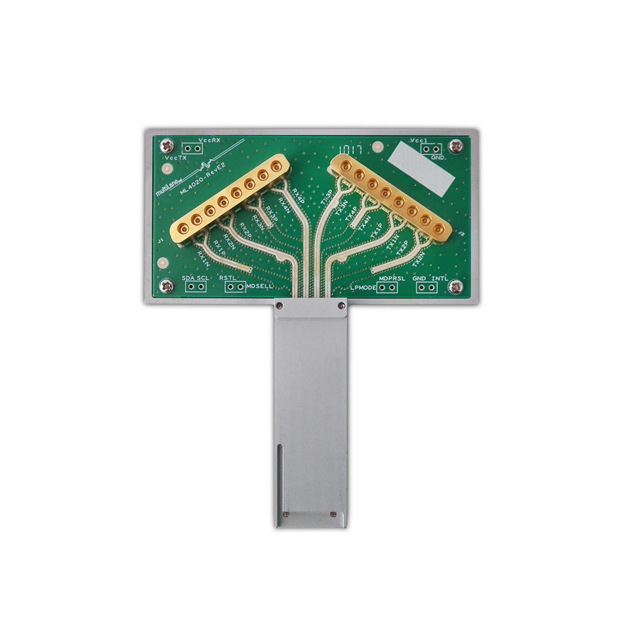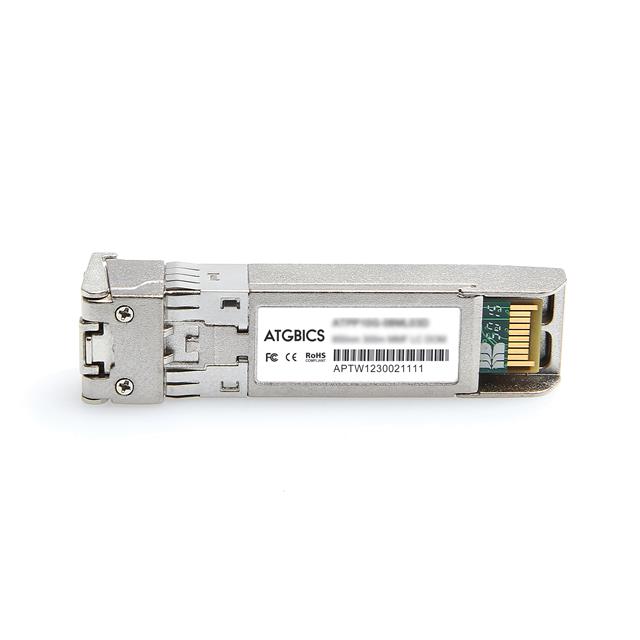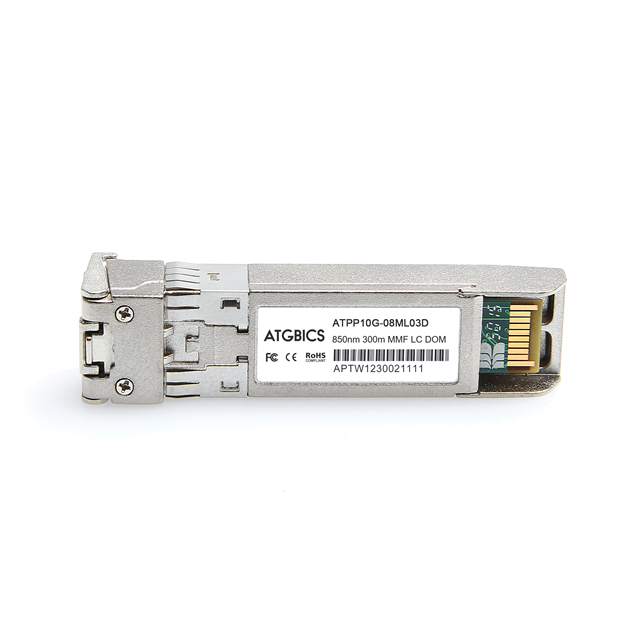

- RFQ
- BOM
-
Contact Us
Tel: +86-0755-83501315
Email: sales@sic-components.com
- Chinese
- English
- French
- German
- Portuguese
- Spanish
- Russian
- Japanese
- Korean
- Arabic
- Irish
- Greek
- Turkish
- Italian
- Danish
- Romanian
- Indonesian
- Czech
- Afrikaans
- Swedish
- Polish
- Basque
- Catalan
- Esperanto
- Hindi
- Lao
- Albanian
- Amharic
- Armenian
- Azerbaijani
- Belarusian
- Bengali
- Bosnian
- Bulgarian
- Cebuano
- Chichewa
- Corsican
- Croatian
- Dutch
- Estonian
- Filipino
- Finnish
- Frisian
- Galician
- Georgian
- Gujarati
- Haitian
- Hausa
- Hawaiian
- Hebrew
- Hmong
- Hungarian
- Icelandic
- Igbo
- Javanese
- Kannada
- Kazakh
- Khmer
- Kurdish
- Kyrgyz
- Latin
- Latvian
- Lithuanian
- Luxembou..
- Macedonian
- Malagasy
- Malay
- Malayalam
- Maltese
- Maori
- Marathi
- Mongolian
- Burmese
- Nepali
- Norwegian
- Pashto
- Persian
- Punjabi
- Serbian
- Sesotho
- Sinhala
- Slovak
- Slovenian
- Somali
- Samoan
- Scots Gaelic
- Shona
- Sindhi
- Sundanese
- Swahili
- Tajik
- Tamil
- Telugu
- Thai
- Ukrainian
- Urdu
- Uzbek
- Vietnamese
- Welsh
- Xhosa
- Yiddish
- Yoruba
- Zulu
- Kinyarwanda
- Tatar
- Oriya
- Turkmen
- Uyghur
What is an octal bus transceiver?
An octal bus transceiver is a type of integrated circuit (IC) designed to manage data transmission between two or more digital buses, typically in computer systems, microprocessors, or other digital electronics. The term "octal" indicates that it handles eight data lines simultaneously, making it ideal for parallel data buses commonly used in 8-bit or 16-bit systems (where multiple octal transceivers can be combined). These devices play a critical role in enabling communication between components like microprocessors, memory modules (e.g., RAM), and peripheral devices by facilitating bidirectional data flow, signal buffering, and voltage-level translation. https://www.sic-components.com/buffers-drivers-receivers-transceivers
Key Features and Functions
Bidirectional Data Flow
Octal bus transceivers allow data to be transmitted in both directions (from source to destination and vice versa), controlled by direction pins or enable signals. This is essential for systems where components need to both send and receive data (e.g., during read/write operations in memory systems).
Signal Buffering and Amplification
They strengthen (buffer) incoming and outgoing signals to maintain signal integrity over longer traces or between different components, reducing signal degradation and noise. This is particularly important in complex circuit boards with multiple interconnected devices.
Voltage-Level Translation
Many octal transceivers support voltage-level conversion between different logic families (e.g., 5V to 3.3V or 3.3V to 1.8V), enabling compatibility between older and newer components in mixed-voltage systems.
Three-State Outputs
Most octal transceivers feature three-state (tri-state) outputs, which can be put into a high-impedance state. This allows multiple devices to share the same bus without signal conflicts, a key requirement for parallel bus architectures like the PCI or ISA bus.
Parallel Data Processing
By handling eight bits at once, they align with the parallel data paths of legacy microprocessors (e.g., Intel 8086, Motorola 6800) and modern systems that still use parallel interfaces for specific applications (e.g., FPGA communication, industrial control systems).
Common Applications
Computer Systems
Used in motherboards to manage data transfer between the CPU, RAM, and peripherals (e.g., hard drives, graphics cards) over parallel buses.
Legacy systems (e.g., embedded devices, industrial computers) often rely on octal transceivers for backward compatibility.
Memory Systems
Facilitate read/write operations in static random-access memory (SRAM) and dynamic random-access memory (DRAM) modules by buffering data signals between the memory controller and memory chips.
Peripheral Interfaces
Connect parallel peripherals like printers, scanners, or analog-to-digital converters (ADCs) to microprocessors, ensuring reliable data transfer.
Industrial and Automotive Electronics
Used in programmable logic controllers (PLCs), motor control systems, and automotive ECUs (electronic control units) for robust signal management in harsh environments.
FPGA and ASIC Development
Serve as interface buffers in FPGA-based designs to match voltage levels and drive signals between the FPGA and external components (e.g., sensors, actuators).
Example Components and Manufacturers
74LS245 (Texas Instruments)
A classic octal bus transceiver with three-state outputs, widely used in 8-bit systems. It supports bidirectional data flow and voltage translation between 5V logic families.
SN74AVC8T245 (TI)
A modern variant designed for low-voltage systems (1.2V to 5V), ideal for high-speed data transfer in advanced microprocessors and FPGAs.
XC245 (Xilinx)
A field-programmable gate array (FPGA)-compatible transceiver for Xilinx FPGA boards, offering low power consumption and high-speed performance.
Other notable manufacturers include Microchip Technology, NXP Semiconductors, and STMicroelectronics, each offering variants optimized for specific voltage ranges, speed requirements, or environmental conditions.
Design Considerations
Timing Constraints: Ensure the transceiver’s propagation delay and setup/hold times match the system’s clock speed to avoid timing errors.
Power Management: Low-power designs may require transceivers with sleep modes or low quiescent current (e.g., for battery-powered devices).
EMC/EMI Compliance: Proper layout and grounding are critical to minimize electromagnetic interference (EMI) when using octal transceivers in high-frequency applications.
Thermal Management: High-speed or high-power transceivers may generate heat, necessitating heat sinks or efficient PCB thermal design.
Evolution and Alternatives
While modern systems increasingly rely on serial communication protocols (e.g., USB, PCIe) for high-speed data transfer, octal bus transceivers remain indispensable in legacy systems, parallel interfaces, and niche applications requiring simple, robust signal buffering. Their role highlights the enduring importance of parallel data paths in specific domains, even as technology shifts toward serial architectures.
In summary, octal bus transceivers are foundational components in digital electronics, enabling reliable, high-throughput communication between components in a wide range of systems. Their simplicity, scalability, and compatibility make them a staple in both classic and contemporary circuit design.
https://www.sic-components.com/buffers-drivers-receivers-transceivers

Hot Products
View MoreRelated Blogs

2000+
Daily average RFQ Volume

30,000,000
Standard Product Unit

2800+
Worldwide Manufacturers

15,000 m2
In-stock Warehouse



























 Wishlist (0 Items)
Wishlist (0 Items)